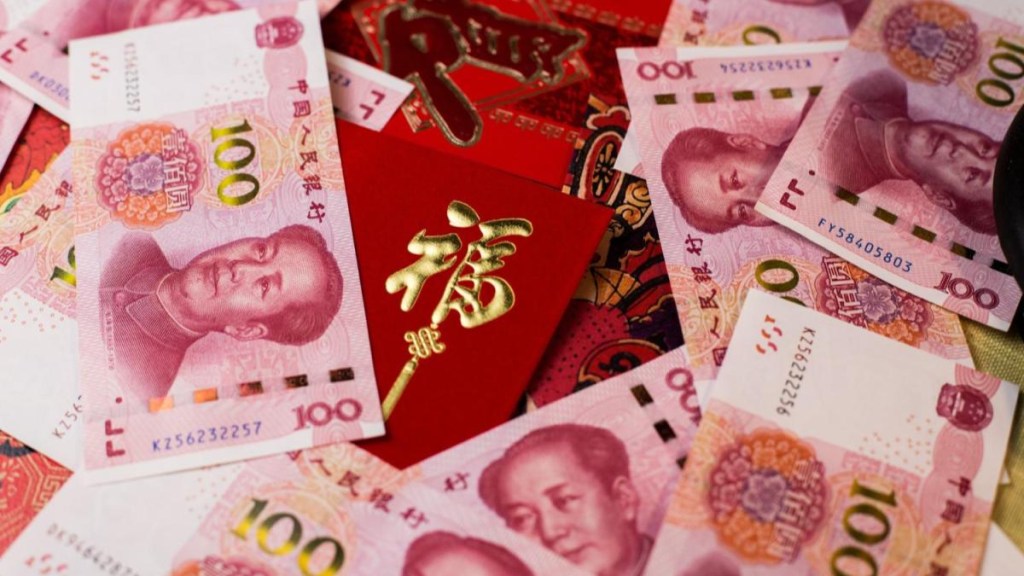In the week to July 14, RBI’s foreign currency reserves rose by $12.79 billion, the second-highest weekly rise ever. The largest rise was in August 2021, when the IMF had allocated 650 billion SDR (equivalent to over $950 billion) to its member countries to assist with liquidity during the Covid crisis, of which around $18 billion equivalent came to India.
This time, however, the huge surge in reserves came from an increase of $11.2 billion in foreign currency assets (FCAs), which is an unprecedented rise. To be sure, the dollar index (DXY) had fallen by a sharp 3.5% in that week, which led to a concomitant increase in the non-dollar part of FCA. If the entire increase in FCAs were the result of DXY’s weakness, it would suggest that the non-dollar part of the FCAs was as high as equivalent to $315 billion or about 60% of total FCAs.
Mecklai Financial had published a research paper in December 2008 titled FX Reserves Management —is RBI marching to its own drum, where the break-up of RBI’s reserves finding was analysed. It was stated that RBI’s reserves were held in dollars only to the extent of about 50%, lower than the average global holding, which was reportedly around 60%. The non-dollar part (again, around 50%) comprised 35% euro, 5% yen, 3% pound and, unusually and surprisingly, a large 7+% in non-SDR currencies (fracs, Australian dollars, etc.).
If the non-dollar part of the reserves was 50%, as earlier estimated—and I must stress that we have no way of knowing how correct this assumption is—the revaluation change in the FCA would have been $9.39 billion in the week of July 7-14, and the difference (about $1.8 billion) would have been due to RBI buying. That’s a huge amount of buying in a week when the rupee is not falling sharply, so it likely that the buying was somewhat less than that, which, in turn, suggests that the non-dollar part of the reserves is more than the 50% estimated in 2008 but less than 60%.
It is very unusual for RBI to buy dollars when the DXY is weakening sharply—it normally buys dollars when the rupee is weakening and, more often than not, that would be accompanied by DXY strength.
With DXY weakening, it was likely that the rupee would appreciate from the 82 level, which made RBI uncomfortable. And, of course, it was successful in that, despite the dramatic dollar weakness, the rupee didn’t strengthen materially.
In trying to understand why RBI took this approach, looking across that market revealed that the Chinese yuan had been weakening against the rupee quite substantially (7.5%) over the past six months. This was beginning to pressure several Indian companies, whose domestic sales were being threatened by hugely under-priced Chinese exports. Conceivably, it was this important trade perspective that explains why RBI was buying dollars to prevent the situation from being exacerbated.
So, is the “villain” of the piece the yuan? We know that RBI does hold some yuan in its reserves. Certainly, since, 2021 (when the IMF blasted a huge amount of SDR into India’s reserves), the yuan has been part of RBI’s reserves basket since it was included in the SDR (October 1, 2016) in addition to the dollar, euro, yen, and pound. Its weight, given the size of China’s economy and its pole position in global trade, was set at 12%, third after the dollar and euro. Also, given that the yuan is the currency of our largest trading partner, it is also possible that, after that infusion, RBI may have started converting some of our existing reserves to the same. This may also explain why (if?) the non-dollar part of our FCAs has risen in recent years.
Recent press articles reporting that Indian Oil has made some payments for Russian oil in yuan (and reports that purchases of oil in yuan are not that uncommon) confirms that RBI has been carrying some of it in its reserves—public sector companies would not commit to buy in yuan with RBI (and the government’s) approval. Again, some private banks have, for at least a couple of years, been quoting the yuan-rupee to companies importing from China, which means they would have to have a source of yuan to complete the transactions.
Could we be entering a multipolar period in currency markets where we have to not just worry/think about where the dollar is going but also and increasingly so, the yuan?

